Hyperlocal weather forecast as a tool for saving energy in buildings
Buildings account for roughly one third of all energy consumption. Testing will show whether Vaisala’s hyperlocal weather forecasts could develop modern building maintenance engineering in Helsinki and achieve significant savings.
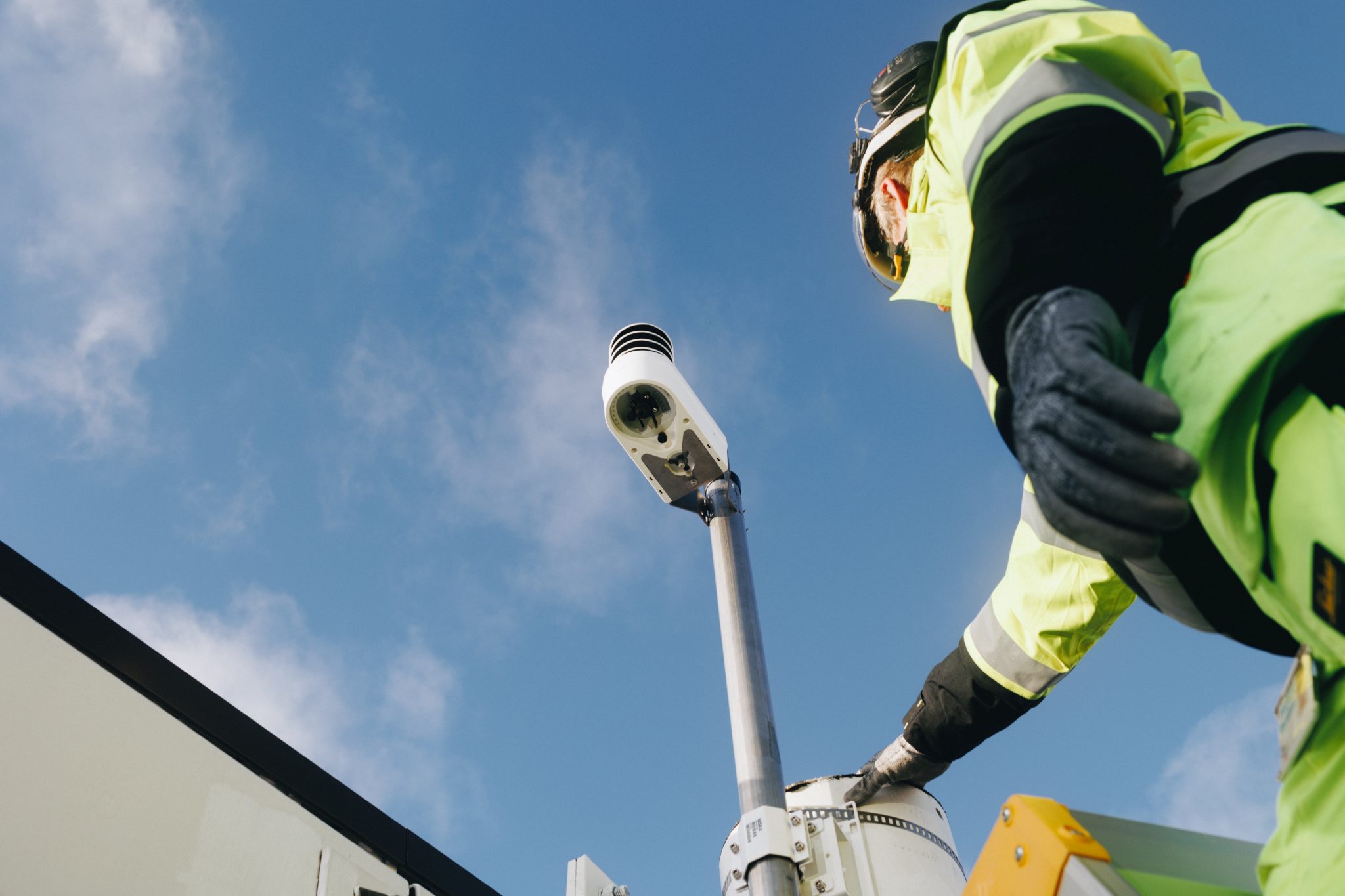
30 percent of current energy consumption is taken up by buildings, and 40 percent of that energy goes into heating and cooling. How can we reduce the energy consumption of buildings? Interest in this subject led Vaisala and Business Helsinki to join forces. We intend to find out how much local weather forecasts can help to save in building energy consumption. The weather station experiment also includes Eeneman, Bravida and Platform of Trust.
– The City of Helsinki is involved in managing two thousand properties, some 650 of which are directly owned by it. If saving targets will be reached, this solution really has potential to be used widely within the city. This experiment clearly supports the City of Helsinki’s efforts in the green transition, says Osmo Mattila from Business Helsinki’s innovation services.
Vaisala is a global pioneer in weather observation. They have significant experience in how to measure and with which methods, and how the data gained can be used to improve the accuracy of a weather forecast. The need for heating and ventilation is dependent on the weather. Real-time control of the building equipment with weather forecast models might allow the exactly right amount of energy to be used – which means savings.
– Better and more accurate weather forecasts could be a significant help in reducing the amount of energy that buildings consume with a significant, positive effect, says Vaisala Xweather’s Product Marketing Manager Juuso Pokkinen.
Vaisala Xweather combines Vaisala’s world-class sensor technology with the best weather modelling and data in the business. It provides solutions as a service that companies can use to optimise their business to secure their future. We are testing Xweather’s Wx Beacon solution, which uses an AI model that drills down into the building-specific data in general weather forecast models.
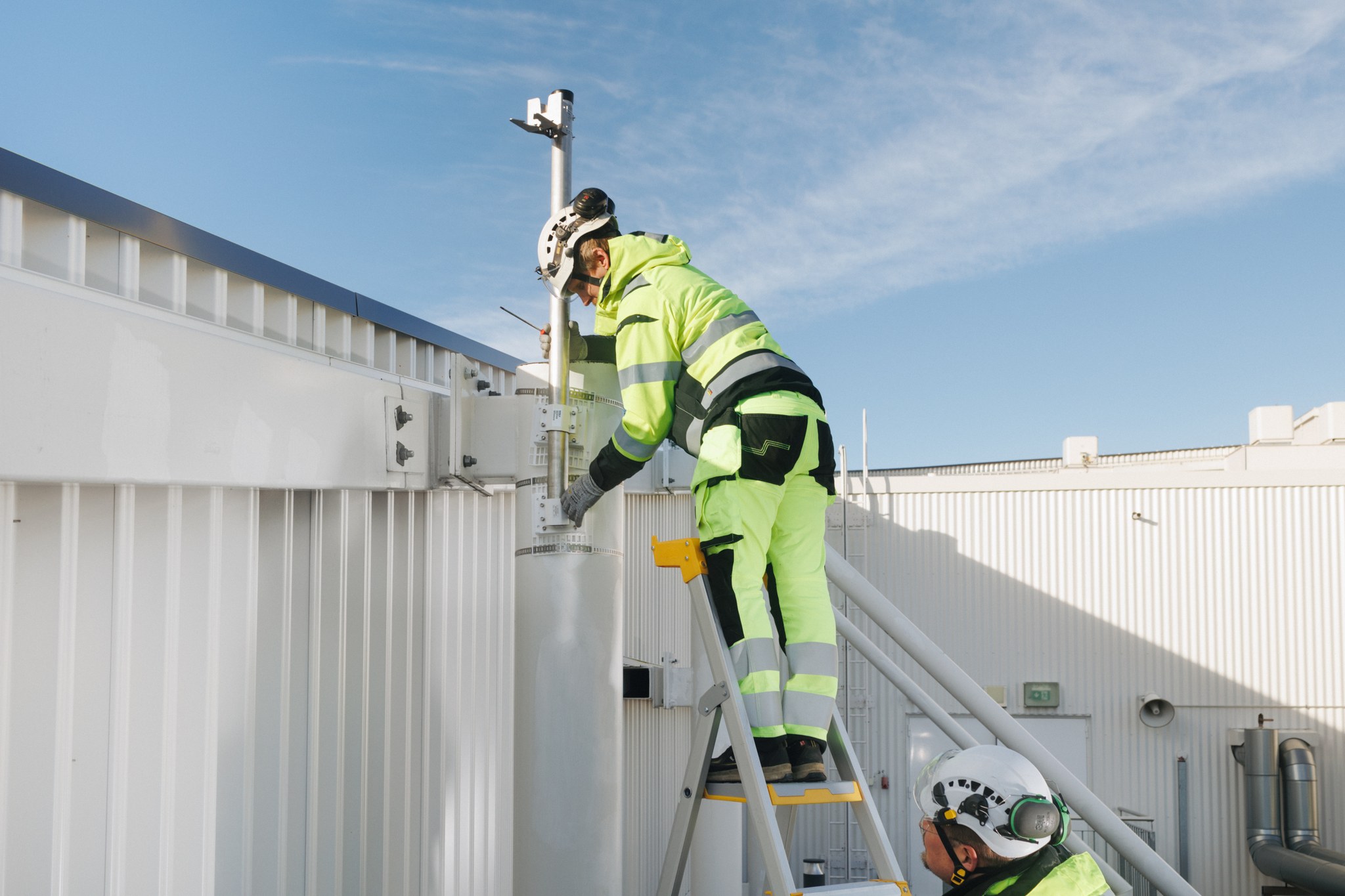
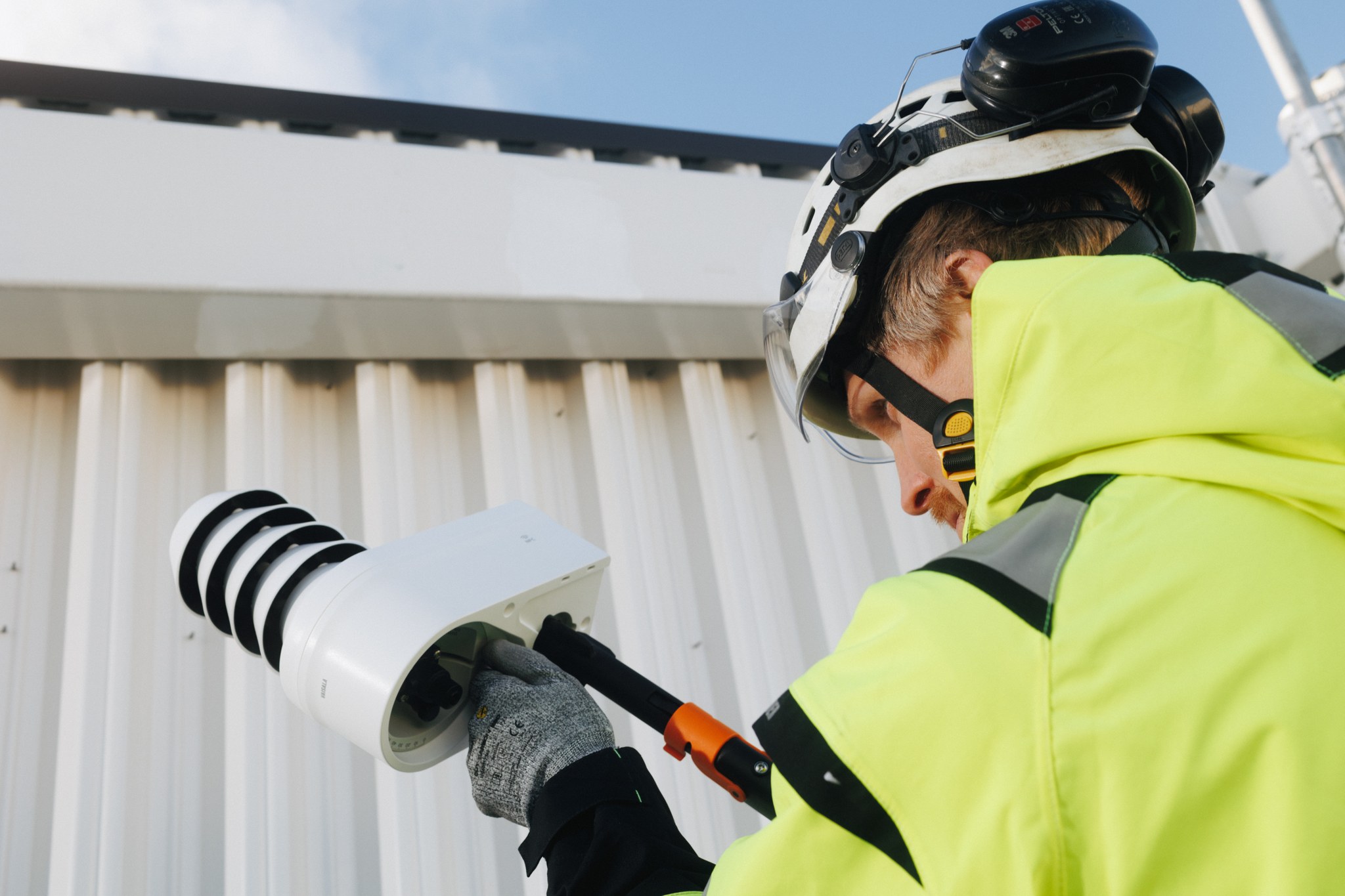
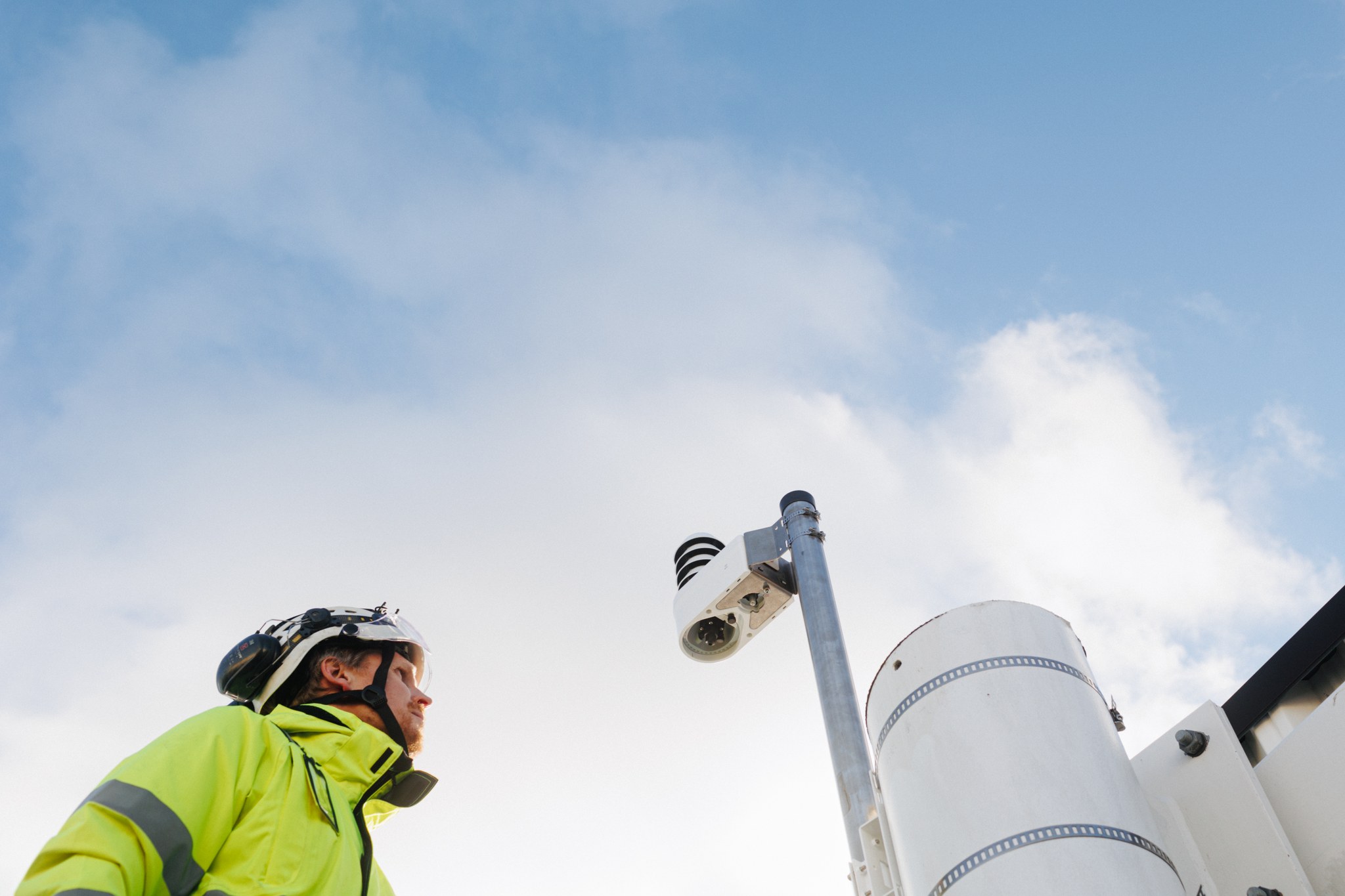
The experiment begins
The Metropolia campus at Myllypuro was chosen as the test platform, as they have been involved in a great deal of innovation projects. If the results can be made use of in other buildings, it could result in significant energy savings.
– For instance, a customer of ours in Finland managed to reduce significant errors in temperature forecasts by up to 70% and to improve the general accuracy of forecasts by 36% when compared to the second best option on the market. These results are possible even in Finland, where we already have an excellent public weather infrastructure, says Pokkinen.
The hyperlocal weather station has a futuristic appearance. It is surprisingly small. Installing it at Metropolia only took fifteen minutes. The real magic will take place during the following weeks, months, and over the course of 2024, as the sensor trains itself and starts to relay the important local weather data – and to make forecasts.
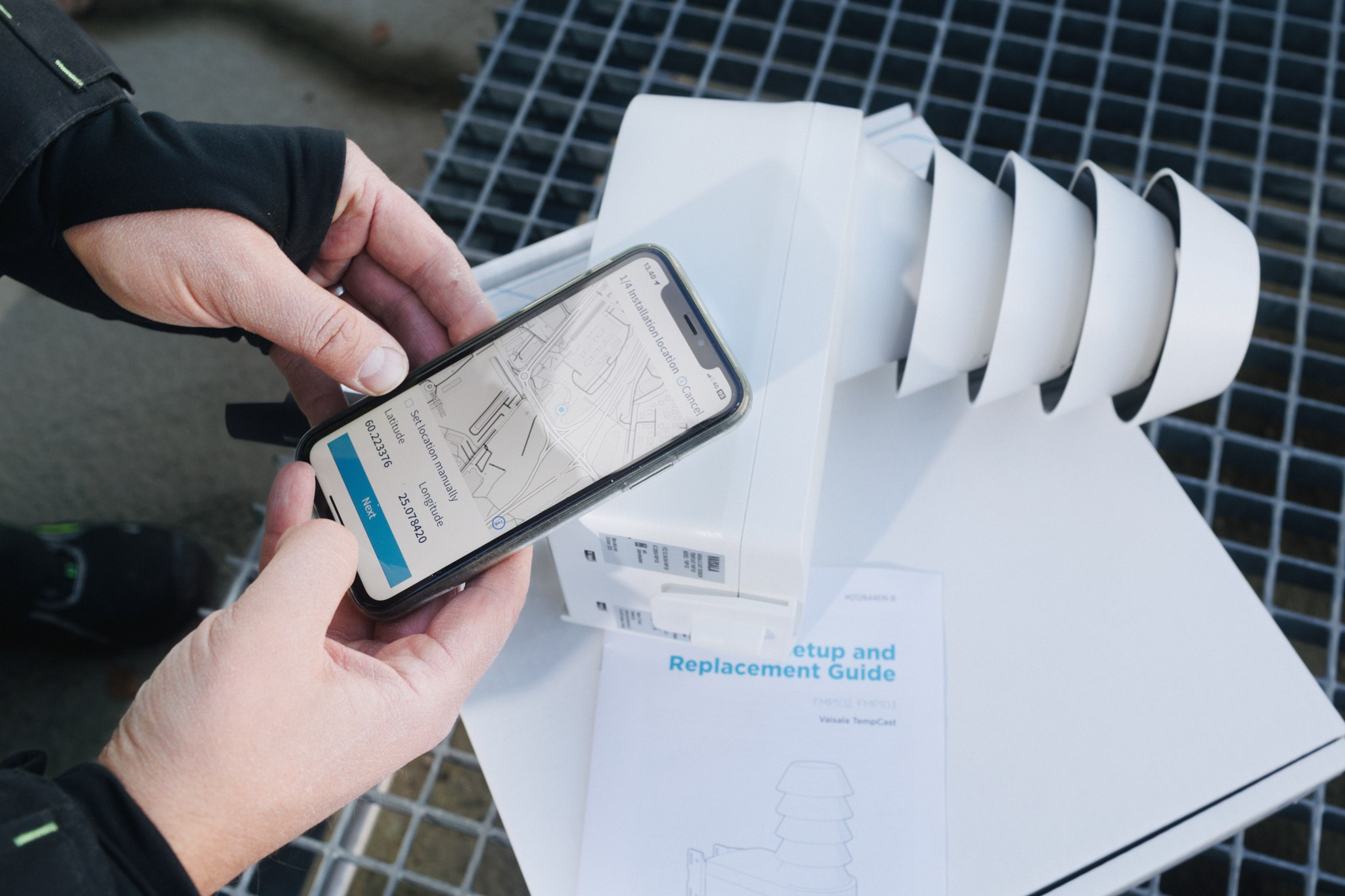
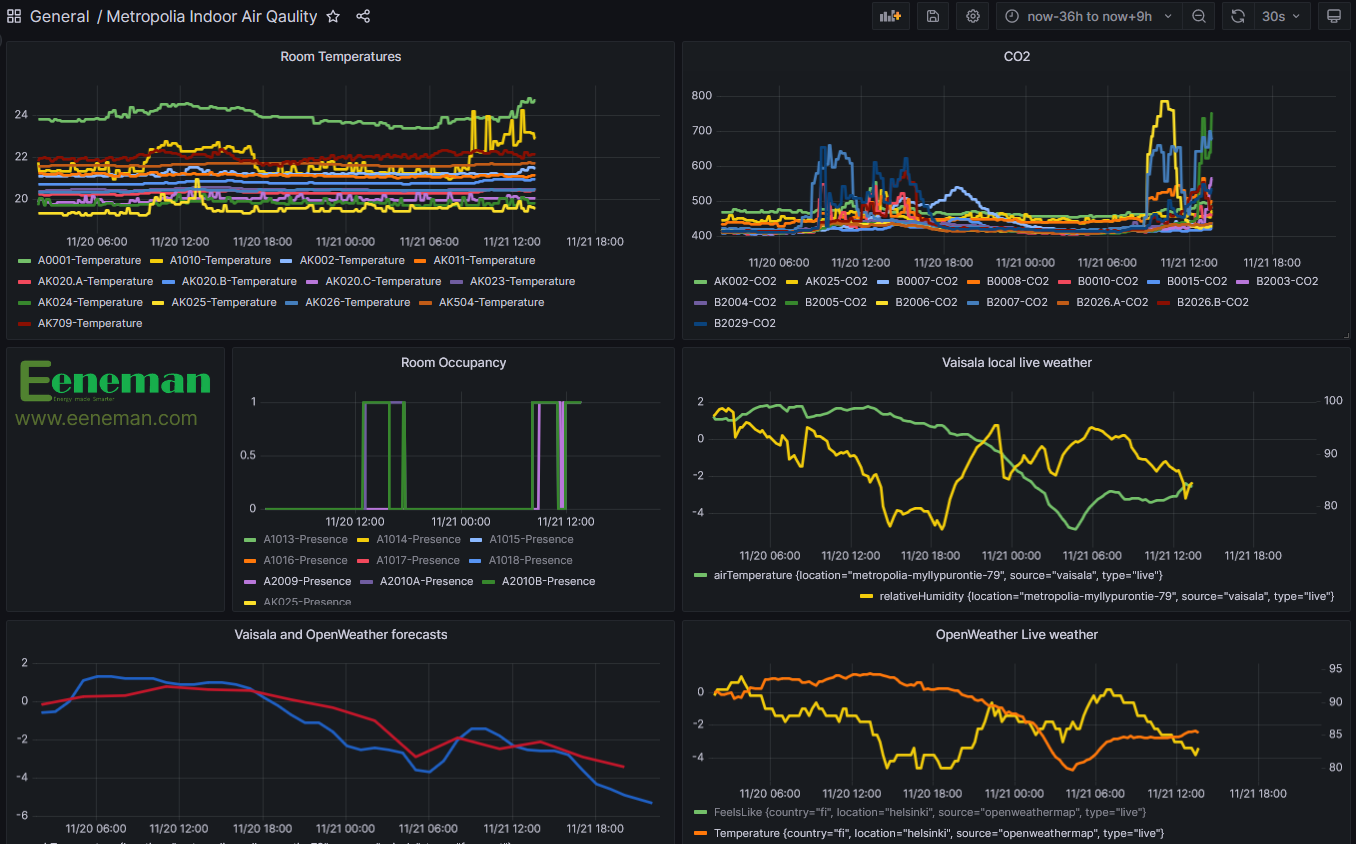
– This is a plug-and-play TempCast weather sensor. It provides the local forecast for the building as a part of the Wx Beacon solution. Wx Beacon provides higher-quality weather forecasts at any location for any operator. It is a quick and easy solution that provides more accurate measurements, says Pokkinen.
TempCast makes use of the same proven measurement technologies that meteorologists globally use, with the exception that it is fully wireless, battery-powered and constantly connected to Xweather’s cloud platform, which runs the Vaisala weather models. This all results in forecasts that outperform all other available predictions.
– We are excited to see the results. The results of the experiment and the feedback will also help us to roll out the solution onto the international market, says Pokkinen.
Testbed Helsinki encourages innovation
Business Helsinki’s testbed platform project, Testbed Helsinki, receives high praise from Pokkinen:
– Testing with real partners and in a real environment is something that cannot be understated when developing a new solution. Testbed Helsinki is all about creating a thriving urban environment. It actively encourages experimentation and innovation, and that’s what we are doing here. It’s a prime example of how a city can play an active role in driving innovation. It provides a unique platform for companies and R&D actors to turn their ideas into reality. These activities also contribute to the well-being of the citizens in Helsinki.
Metropolia Technology Manager Harri Hahkala is positive about the experiment:
– Metropolia University of Applied Sciences has focused significantly on teaching and developing smart construction and a functional city. For the built environment to function optimally, we also need accurate, local forecast data. I am excited to see the results that this group will produce!
Photos: Vesa Laitinen
